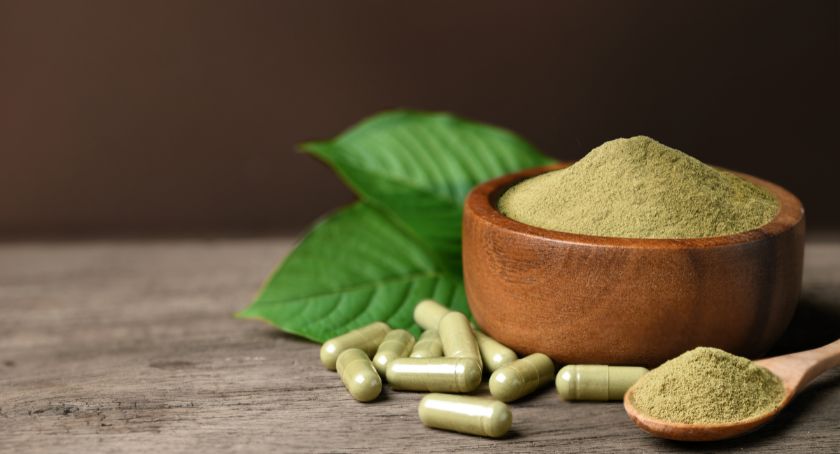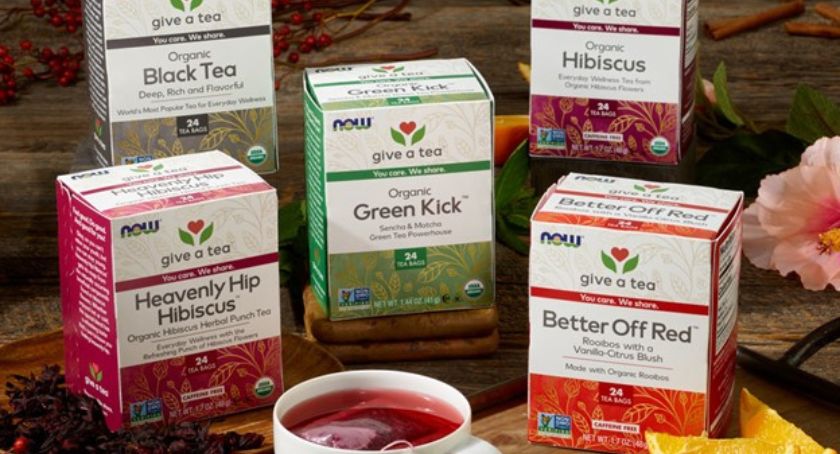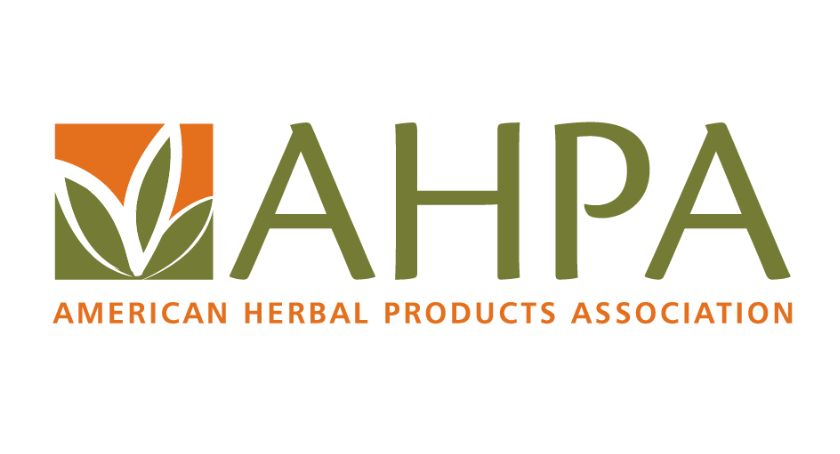Market Updates, Regulations
AHPA Adopts Guidance Policy on Kratom and Synthesized Kratom Alkaloids
The new policy strongly discourages the marketing of products containing a synthesized form of 7-OH, a minor alkaloid found in the kratom leaf.

By: Mike Montemarano

Photo: Paitoon | Adobe Stock
The American Herbal Products Association (AHPA) has adopted a new guidance policy to clarify the distinction between botanical products containing kratom and synthetic kratom alkaloids.
The policy notes that some products being marketed as “kratom” appear to consist primarily of 7-hydroxymitragynine (7-OH) and lack the other alkaloids found in plant-derived kratom products.
7-OH can be formed from mitragynine oxidation and can be found in low levels in the dried, processed kratom leaf, but it isn’t present at sufficiently high concentrations to be produced in a commercially viable form.
The new policy strongly discourages the marketing of any product intended for consumption by any route that consists of or contains synthesized 7-OH or other synthesized kratom alkaloids. Further, the policy discourages labeling or marketing these products as “kratom.”
Since 1999, AHPA has held a trade requirement for its membership on the “disclosure of added constituents which, in relevant part, requires the separate identification of added constituents in bulk botanical raw materials or finished products.”
While kratom products have been on the market for years, there’s been a proliferation of products containing 7-OH more recently, according to widespread reports, leading to concern.
The American Kratom Association, for instance, stated in a consumer alert that “kratom” products that exceed concentrations of 2% 7-OH should not be considered authentic, and the association will report these products to the Federal Trade Commission.
Regulators are also taking notice.
This month, the Missouri House advanced a bill that takes aim at products marketed or sold as “kratom” that contain more than 2% 7-OH, for instance.
FDA reports that kratom is not appropriate for use as a dietary supplement, as it is a new dietary ingredient for which there is inadequate safety information, and that it is linked to serious adverse events like liver toxicity, seizures, and addictive potential. “Cases of kratom-related substance use disorder have also been observed,” the agency reported, such as using kratom for longer than intended, using more kratom than intended, cravings, continued use despite adverse consequences, increased tolerance, and withdrawal symptoms. Mitragynine and 7-OH both act upon the same receptors as opioid drugs, FDA reported.




















